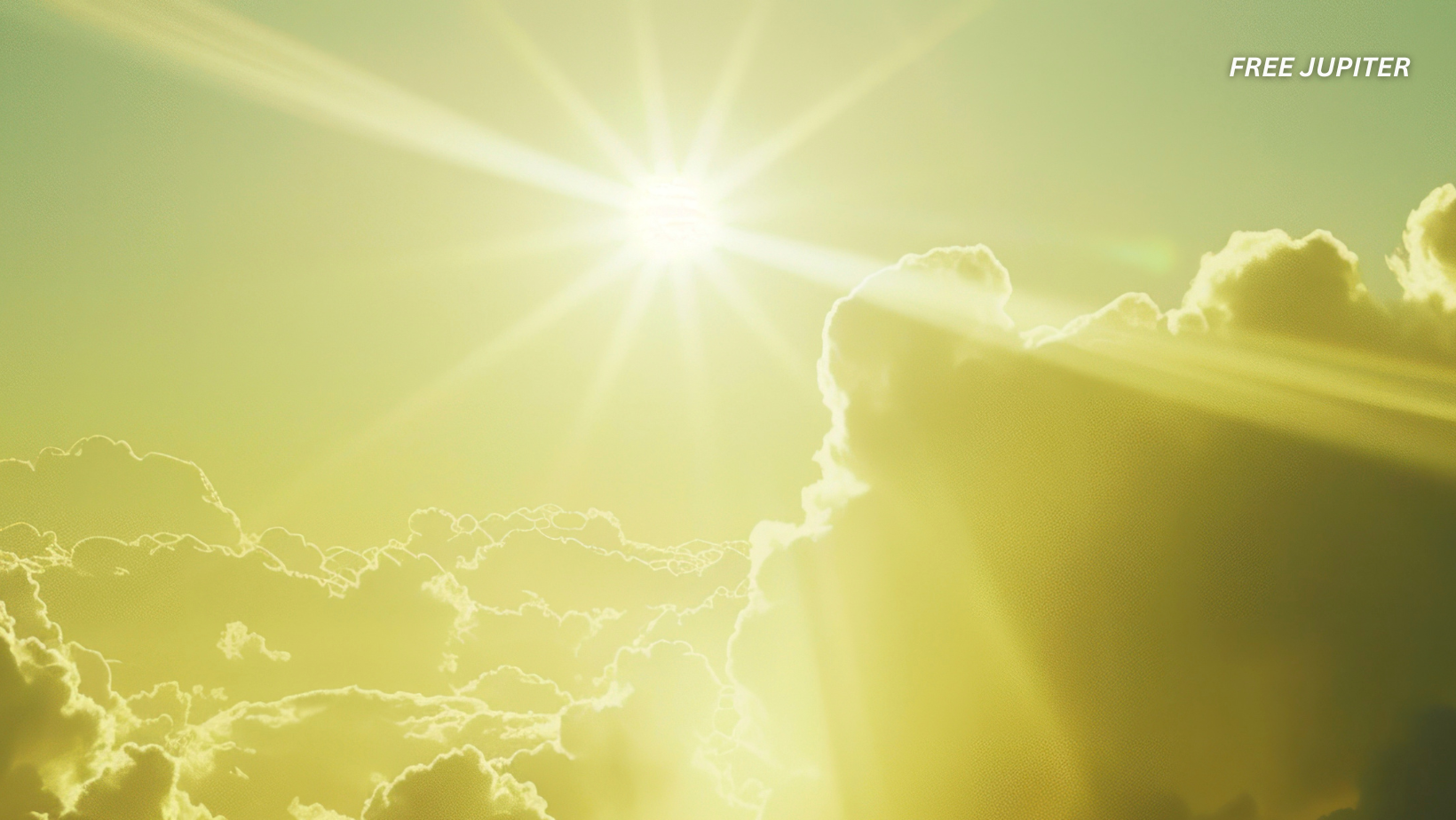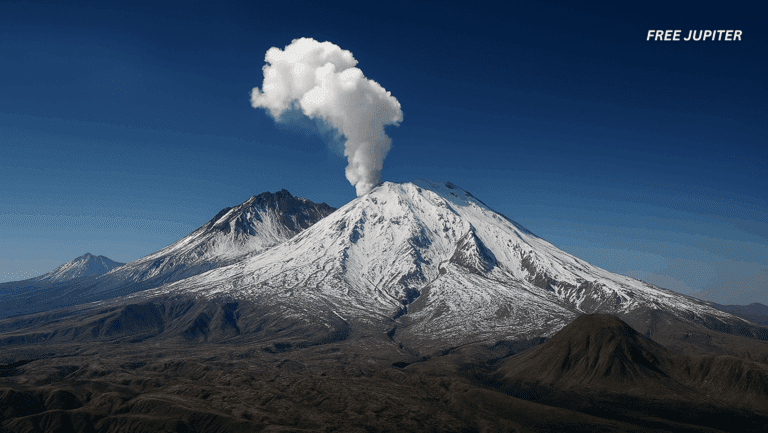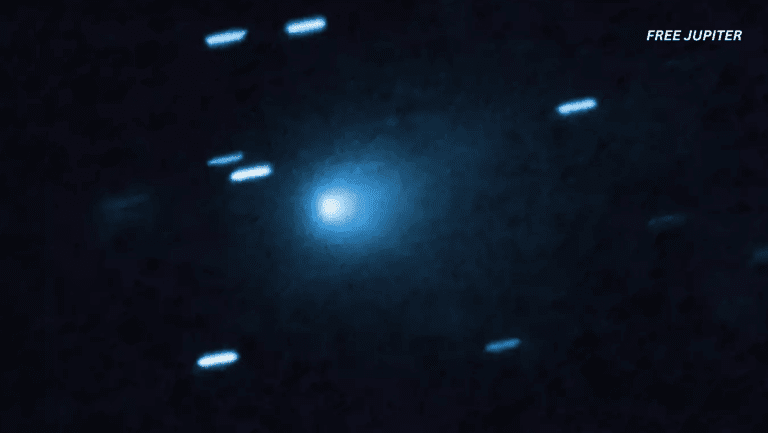Friendly Note: FreeJupiter.com shares general info for curious minds 🌟 Please fact-check all claims—and always check health matters with a professional 💙
Around 14,300 years ago, Earth was struck by a solar storm of unprecedented scale—an event so colossal that it dwarfs all other known solar storms recorded in human history. This extraordinary finding, emerging from recent interdisciplinary research, not only pushes back the timeline of extreme solar activity but also raises urgent questions about the vulnerability of our modern technological society to such cosmic phenomena.
Rediscovering a Forgotten Solar Cataclysm
The story begins with an unusual clue etched into the rings of ancient trees. Scientists analyzing subfossil tree trunks discovered in the Southern French Alps uncovered a remarkable spike in radiocarbon (carbon-14) levels dating back to roughly 12,350 BCE. Radiocarbon, a radioactive isotope of carbon, is produced in the atmosphere when cosmic rays collide with nitrogen atoms. Its concentration in tree rings serves as a natural archive, recording changes in cosmic radiation over millennia.
Until recently, interpreting these spikes from the last Ice Age was fraught with difficulty. Existing models for radiocarbon production were calibrated for the relatively stable climate of the Holocene epoch, roughly the past 12,000 years, and could not accurately account for the glacial conditions prevailing during the Ice Age. This limitation left the true magnitude of the ancient solar storm shrouded in uncertainty.
A Breakthrough with Advanced Modeling
The breakthrough came from a team at the University of Oulu, Finland, led by postdoctoral researcher Kseniia Golubenko and Professor Ilya Usoskin. They developed a sophisticated chemistry-climate model named SOCOL:14C-Ex, specifically designed to simulate solar particle events under the colder, glacial atmospheric conditions of the Ice Age. This innovative tool allowed the researchers to reinterpret the radiocarbon data with unprecedented precision.
Their analysis revealed that the solar storm responsible for the radiocarbon spike was approximately 18% stronger than the notorious AD 775 event, previously considered the most intense solar particle storm recorded in tree-ring archives. Even more strikingly, when compared to the strongest solar storm of the modern satellite era—the 2005 particle storm—the Ice Age event was over 500 times more powerful.
Read more: Earth Has A ‘Heartbeat’ That Pulsates Every 26 Seconds
The Nature and Impact of Solar Storms
Solar storms occur when the Sun ejects massive bursts of charged particles, including high-energy protons, which interact with Earth’s magnetic field and atmosphere. These interactions not only disrupt the planet’s magnetosphere but also increase the production of cosmogenic isotopes like carbon-14 and beryllium-10. The particles’ bombardment can induce spectacular auroral displays, as well as cause significant disturbances in technological systems.
The ancient solar storm likely dazzled the mammoth hunters of prehistoric Europe with intense auroras, visible far beyond the usual polar regions. However, the true significance of this event lies in its scale and potential consequences for modern society.
Corroborating Evidence from Multiple Sources
The radiocarbon spike found in the French Alps was cross-validated with beryllium-10 measurements extracted from Greenland ice cores. Beryllium-10, another cosmogenic isotope produced by cosmic rays, provides an independent record of solar activity. The simultaneous spikes in both isotopes confirm that the event was indeed an extraordinary solar particle storm.
This multidisciplinary approach, combining dendrochronology, ice core analysis, and advanced climate modeling, has established a robust timeline and magnitude for the storm, firmly placing it as the most powerful solar event known to science.
Historical Context of Known Solar Events
Before this discovery, scientists had identified several significant solar storms during the Holocene epoch, including events dated to 994 AD, 775 AD, 663 BC, 5259 BC, and 7176 BC. Among these, the 775 AD storm was the most intense, with historical records from China and Anglo-Saxon England providing indirect evidence of its impact.
The Ice Age storm, however, exceeds these by a substantial margin, setting a new upper boundary for solar particle storm intensity. It is also unique in occurring outside the Holocene, during a period of colder, more variable climate conditions.
Read more: A Biologist Reveals The Largest Eagle That Ever Lived, And Why It Went Extinct in 1445
Modern-Day Implications and Risks
Understanding the scale of this prehistoric solar storm is critical in the context of today’s technology-dependent civilization. Modern infrastructure—including satellites, global communication networks, power grids, and navigation systems—is highly susceptible to disruptions from space weather.
Historical solar storms provide sobering examples: the 1859 Carrington Event caused telegraph systems worldwide to fail, while the 2003 Halloween Solar Storm, though ten times weaker than the Ice Age event, disrupted satellite orbits and communications. More recently, the 2024 Gannon Storm prompted thousands of satellites to adjust their trajectories due to increased atmospheric drag, highlighting ongoing vulnerabilities.
A solar storm matching the magnitude of the 12,350 BCE event would likely induce catastrophic failures across multiple sectors, potentially leading to widespread blackouts, loss of satellite functionality, and severe economic impacts.
Scientific and Technological Advances in Solar Storm Research
The SOCOL:14C-Ex model represents a significant advancement in solar storm research, enabling scientists to analyze radiocarbon data across different climatic epochs. By successfully validating the model against known events like the AD 775 storm and applying it to glacial conditions, researchers have expanded the toolkit for understanding solar activity over tens of thousands of years.
This progress not only enriches our knowledge of the Sun’s historical behavior but also enhances predictive capabilities, informing strategies to mitigate the effects of future solar storms.
The Urgency of Preparedness
The discovery of this ancient superstorm underscores the necessity for robust space weather monitoring and infrastructure resilience. As our reliance on electronic systems and space-based technologies grows, so does the risk posed by extreme solar events.
Experts emphasize the importance of developing early warning systems, hardening critical infrastructure, and advancing international cooperation to manage the potential fallout from such rare but devastating solar storms.
Read more: Not Many People Know Why One Side Of The Moon Glows From Within
A Glimpse into Earth’s Cosmic Past
Beyond its practical implications, the study offers a fascinating glimpse into Earth’s interaction with cosmic forces during the last Ice Age. It reveals that even in a time of harsh climatic conditions, the Sun’s dynamic activity left a profound imprint on our planet.
This research not only bridges gaps in our understanding of solar history but also highlights the intricate connections between solar phenomena, Earth’s environment, and human civilization—past, present, and future.
In conclusion, the identification of the most powerful solar storm ever recorded, occurring over 14,000 years ago, reshapes the scientific narrative of solar activity and its terrestrial impacts. It compels a reevaluation of space weather risks and reinforces the imperative to prepare for the Sun’s next grand outburst.










